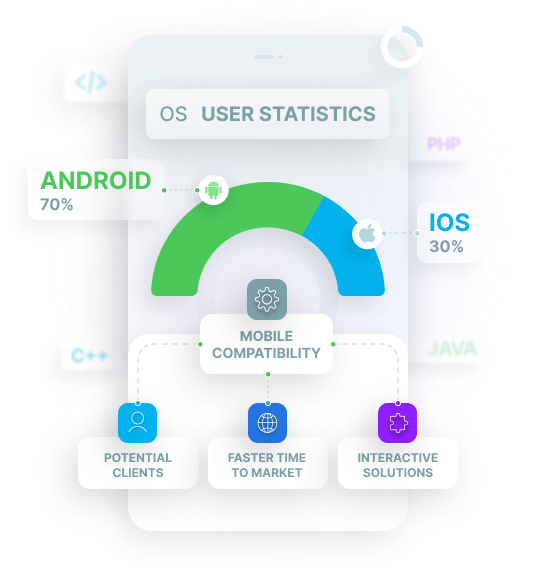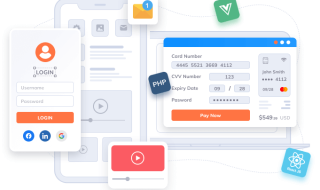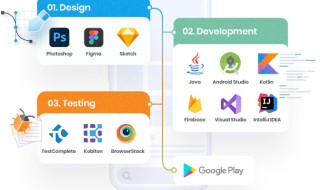 The age-old saying, "The more, the merrier," takes on a profound new significance in the digital age. The exponential power of the network effect drives the dominance of today's popular apps. But what exactly does this term entail, and how has it propelled certain apps to skyscraper heights while leaving others in the shadows?
The age-old saying, "The more, the merrier," takes on a profound new significance in the digital age. The exponential power of the network effect drives the dominance of today's popular apps. But what exactly does this term entail, and how has it propelled certain apps to skyscraper heights while leaving others in the shadows?
Understanding the Network Effect
At its core, the network effect is a phenomenon wherein a product or service gains increased value as more people use it. Elena Richards, a digital economy expert, elucidates, "It’s not merely about numbers. Each new user potentially adds value for existing users, creating a snowball effect. It’s this interconnected value that sets the stage for market dominance."
The App Ecosystem and the Network Effect
Consider the meteoric rise of social platforms like Facebook or Instagram. Their success isn't just about innovative features or sleek design. It’s about the millions (and billions) of users. Every friend who joins adds value for others, be it through shared photos, posts, or interactions.
But what does this mean for the market? In a setting with pronounced network effects, it's probable that a single player (or very few players) will dominate. They become the go-to platform, pushing out competitors and establishing a near-monopolistic presence.
Types of Network Effects
While there are several types of network effects, here are four primary ones:
- Direct Network Effects: The classic model. More users lead directly to more value (e.g., messaging apps).
- Indirect Network Effects: More users on one platform increase the value of a complementary product (e.g., more iPhone users can lead to more app developers).
- Two-sided Network Effects: Two distinct user groups provide value to each other.
- Local Network Effects: Value is derived from the interplay between users in a more localized ecosystem (e.g., collaborative tools used in a specific department of a company).
A deep dive reveals even more nuances, including the subsequent stages of network effects which detail how platforms leverage data, provide richer user experiences, and integrate partnerships.
Harnessing the Power of the Network Effect
The most potent network effect is one that becomes self-sustaining. As a platform grows, it draws in more users, which in turn attracts even more users. This loop often leads to rapid, explosive growth, especially seen in social platforms. Their increasing user bases make them increasingly attractive for advertisers, developers, and other stakeholders, further cementing their dominance.
Nathan Wong, a growth hacker, testifies: "When I launched my first app, I underestimated the network effect. By the time I realized its significance, competitors had surged ahead. With my next venture, I focused on community building and integrations early on. The results? 10x growth in a quarter!"
The Role of Network in Marketing
Marketing, in today’s interconnected world, isn't just about pushing a message. It's about leveraging networks. Word-of-mouth, influencer collaborations, and community engagement are pivotal. The intertwined networks amplify the message, leading to organic growth and trust.
The Double-Edged Sword
Yet, while the advantages of the network effect are manifold, there are challenges. Intense competition, high user expectations, and the constant need to innovate can be demanding. Platforms that rest on their laurels, basking in their network-induced popularity, may find themselves disrupted by nimble, innovative competitors.
In Conclusion: Riding the Network Wave
The network effect, in essence, underscores the adage that strength lies in numbers. But beyond mere numbers, it emphasizes interconnected value. Dr. Alice Tran, a tech industry analyst, believes that "Tomorrow's market leaders are those who not only understand the network effect but can also adapt and evolve with it."
Want to harness the power of networks in your digital ventures? Stay connected with us for insights, strategies, and success stories from the app universe.



 Phone Consultation
Phone Consultation
 Request a quote
Request a quote
 Text a Message
Text a Message